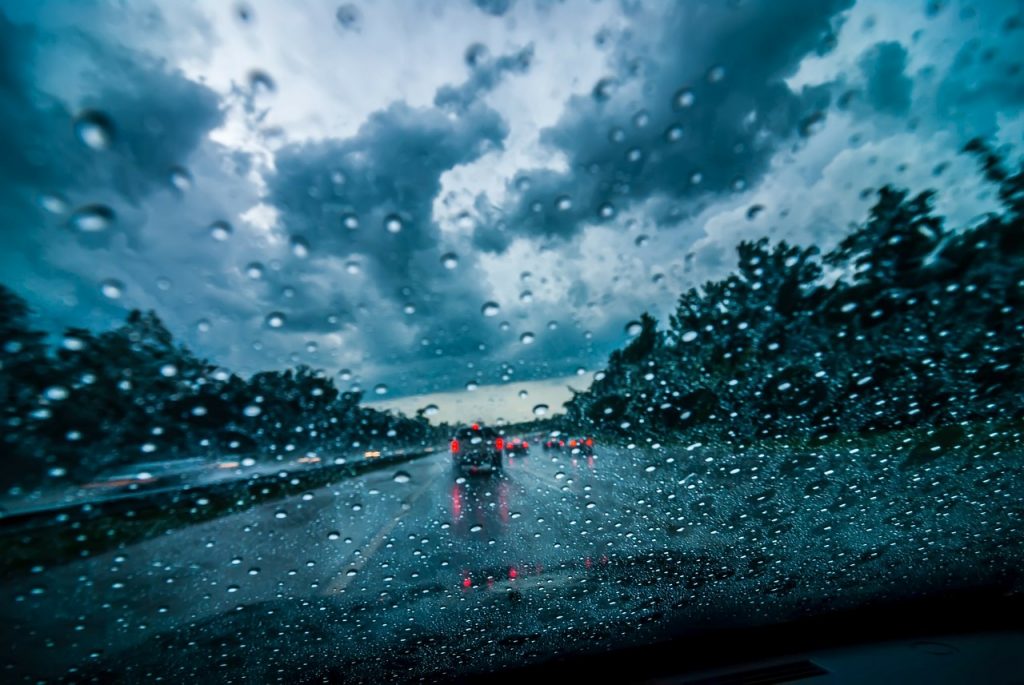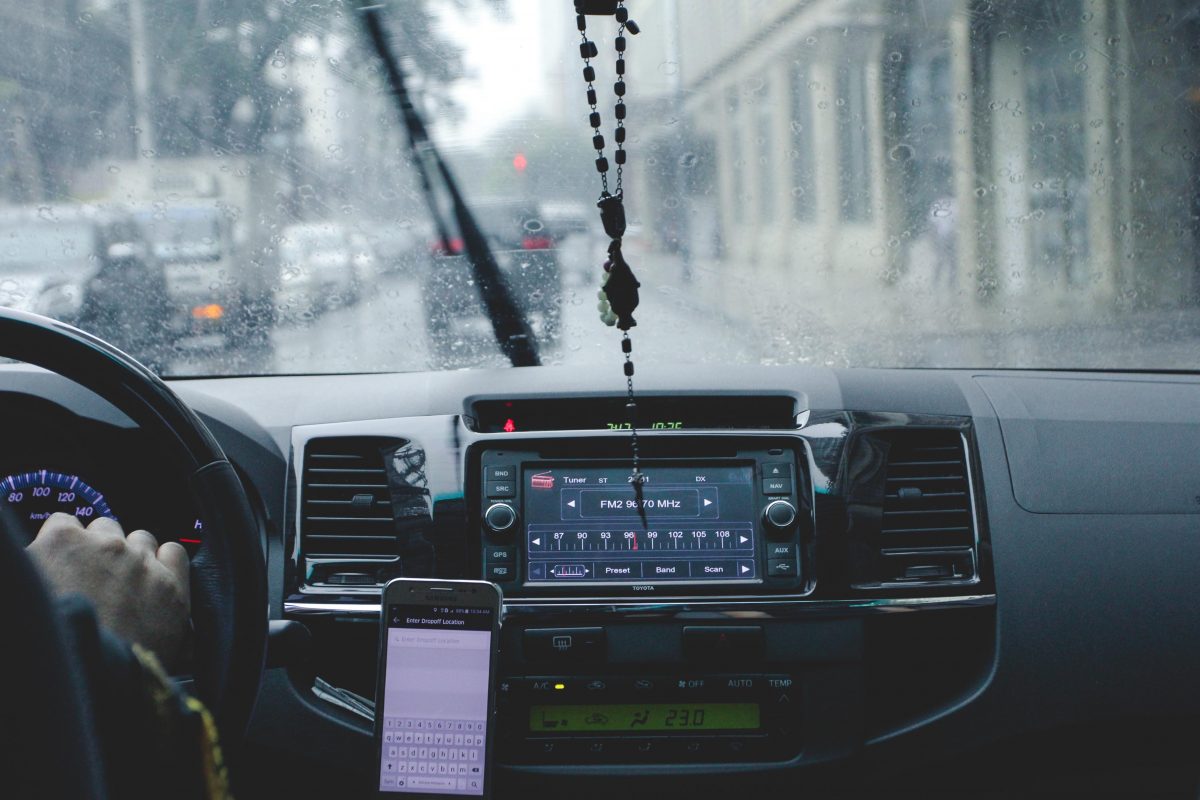5 Tips For Driving Safely In The Rain
Being behind the wheel of a rain-splattered windshield doesn’t have to be stressful.

Singing in the rain is fun. But driving in it? Not so much. Driving in light or heavy floods, or even just rainy, stormy conditions can be anxiety inducing. According to the U.S. Department of Transportation, there are on average more than 950,000 automobile accidents each year due to wet pavement, resulting in approximately 4,700 deaths and 384,000 injuries.
Being behind the wheel with a rain-splattered windshield doesn’t have to be a white-knuckled, nerve-racking experience. Brent Praeter, supervising instructor at D&D Driving School, Inc. and member of the Driving School Association of the Americas, both in Kettering, Ohio, offers these tips and techniques for driving in a downpour:
- Think. “Many people drive subconsciously, out of habit,” says Praeter. “And, when it rains, they often don’t adjust their thinking.” When conditions are less than ideal, drivers need to stay alert and focused on what’s going on around them.
- Turn on those headlights. It’s the law in all states to turn on headlights when visibility is low, and many states also require having the headlights on when the windshield wipers are in use. Praeter says that well-working wipers and relatively new (not threadbare) tires are must-haves when driving in rain, especially when driving at high speeds on the highway.
- Beware of hydroplaning. Hydroplaning is the technical term for what occurs when your tires lose traction with the road due to excess water on top of the road. The result is that your vehicle begins to slide uncontrollably. It’s easy to hydroplane: all you need is one-twelfth of an inch of rain on the road and a speed of more than 35 miles per hours. If your tires have extensive wear and tear, you are more highly likely to hydroplane. You can hydroplane even if you are driving a four-wheel drive car, SUV, or truck.
If you start to hydroplane, let off the accelerator (gas pedal) slowly, and steer straight until you regain control. If your car starts to spin, turn your wheel in the direction that the vehicle is spinning, slowly. Do not turn your wheel against the direction it has begun to spin. Do not jerk the wheel sharply in one direction or the other, as you could flip your car due to over correction.
Consider taking a driving course through your local DMV to learn how to drive safer on wet roads and better avoid hydroplaning. - Turn off cruise control. Ironically, on rain- or snow- slick surfaces, cruise control may cause you to lose control. You might think it’ll help you stay at one steady speed, but if you hydroplane while you’re in cruise control, your car will actually go faster.
- Slow down. “Speed limit signs are designed for ideal conditions,” says Praeter, “which means driving when you have little traffic and good visibility.” That’s hardly the environment you’re driving in when it’s raining. So, let up on the accelerator and allow more time to get to your destination.
- Be extra cautious with merging lanes. Motorists should drive defensively and take precautions when passing vehicles to prevent merging collisions.
Extra precautions might help ease the anxiety associated with driving in the rain, making it safer for everyone.
